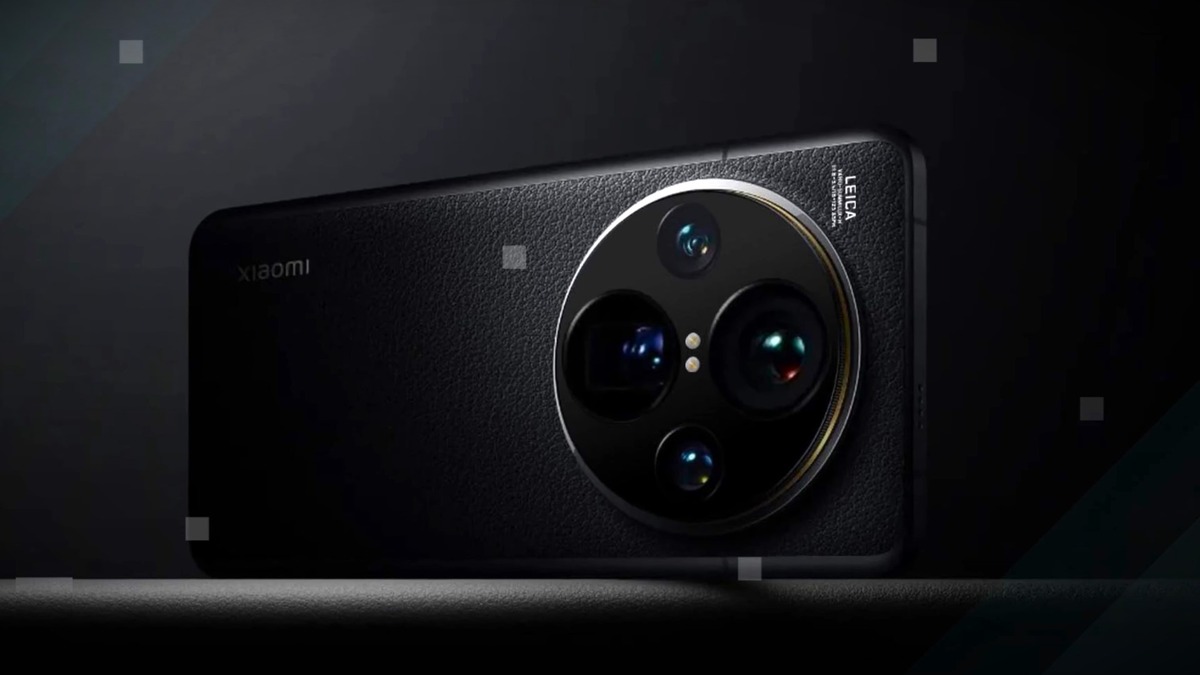Xiaomi is making a bold move with its upcoming flagship devices by reintroducing UWB (Ultra-Wideband) technology, with devices like the Xiaomi 15 Ultra and Xiaomi 15S Pro expected to feature this advanced communication method.
UWB is poised to play a significant role in Xiaomi’s push into automotive solutions, particularly for integrating smartphones as digital car keys.
What is UWB Technology?
UWB is a short-range communication technology that sends radio waves in pulse format, allowing for ultra-precise positioning. Here’s why it’s important:
- High Precision: UWB can pinpoint locations within centimeters, offering much greater accuracy than Wi-Fi or Bluetooth.
- Strong Signal Strength: It performs well even in complex environments with obstacles or interference.
- Improved Connectivity: UWB allows for experiences like unlocking cars without needing to physically touch your phone.
Xiaomi’s Journey with UWB
Xiaomi first introduced UWB in the MIX 4, allowing users to control smart home devices with a simple point of their phone. However, UWB didn’t appear in other Xiaomi flagships after that, possibly due to cost issues or a lack of ecosystem support.
Now, with the company’s move into the automotive sector, including products like the Xiaomi SU7 Ultra SUV, UWB is making a comeback.
This time, UWB will be key for features like digital car keys, which are part of Xiaomi’s broader vision for smart mobility.
UWB in Smartphones and Cars
UWB is set to enhance user experiences in several ways:
- Digital Car Keys: UWB allows smartphones to unlock cars automatically as users approach.
- High-Precision Positioning: It can precisely locate devices or vehicles, even in complicated indoor environments.
- Smart Home Control: UWB will improve the way Xiaomi devices interact with each other, offering a seamless experience.
What’s Next for Xiaomi?
The Xiaomi 15 Ultra and Xiaomi 15S Pro are expected to lead the charge for UWB integration, alongside the Xiaomi SU7 Ultra and other automotive products.
This move signals Xiaomi’s ambition to merge its smartphone and automotive ventures, creating an innovative ecosystem that connects both industries.
As UWB technology gains traction across various fields, Xiaomi’s embrace of it could set new standards for the future of smartphones and automotive connectivity.











